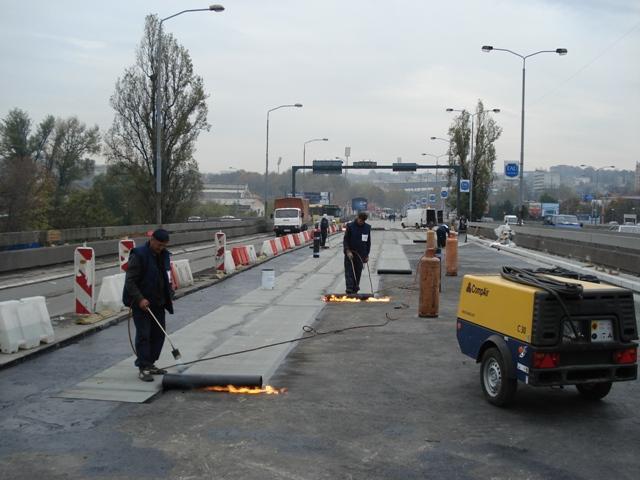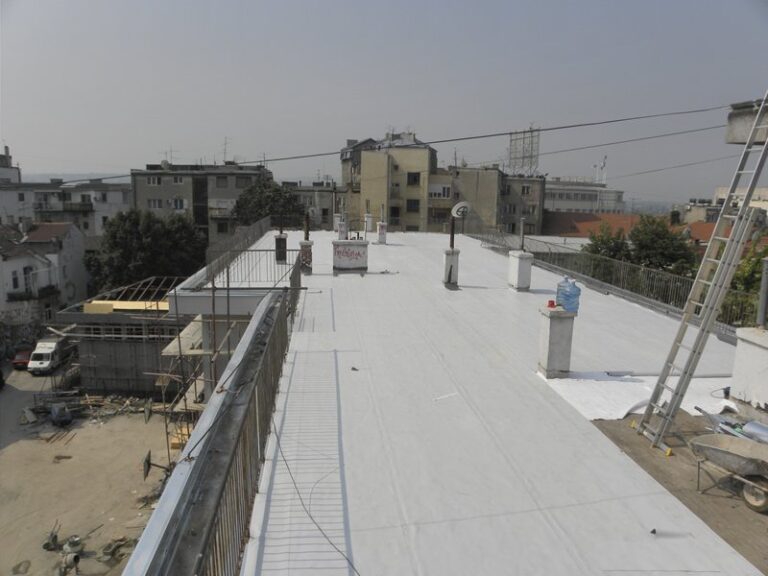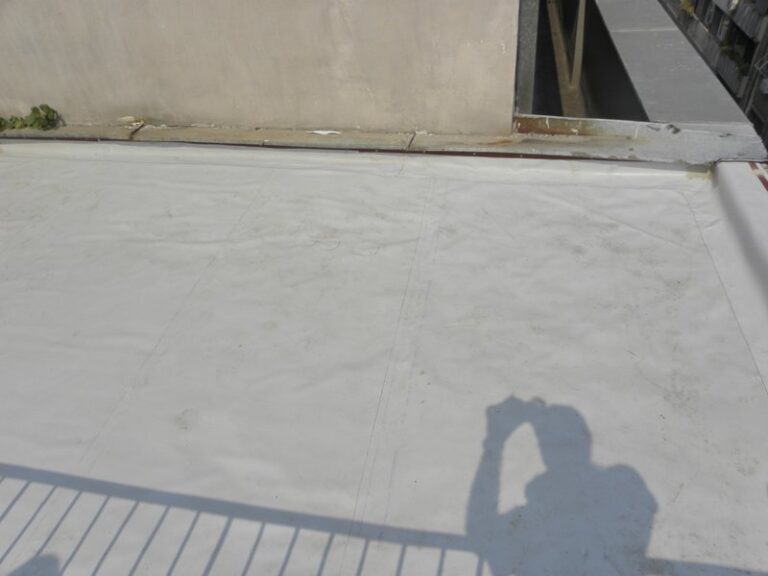SYNTETIC WATERPROOFING MATERIALS

 Synthetic waterproofing materials are widely used in construction. In cooperation with our partners (manufacturers), we are able to offer various systemic solutions, depending on the project task set up before us. Synthetic waterproofing materials divided into groups and information about them are as follows:
Synthetic waterproofing materials are widely used in construction. In cooperation with our partners (manufacturers), we are able to offer various systemic solutions, depending on the project task set up before us. Synthetic waterproofing materials divided into groups and information about them are as follows:
A. PURE SYNTHETIC MATERIALS AS FOIL ROLLS
Synthetic waterproofing materials in rolls (as tapes and foils) are all divided as follows:
1. THERMOPLASTIC
2. ELASTOMER
1. Thermoplastic tapes and foils, by their characteristics significantly differ from elastomer ones. Their mechanical properties depend on temperature range and area. Their laying technique is largely easier. They can easily be shaped on the very construction site, and they are very convenient for detail processing. Joints are welded using hot air, but there are also tapes designed for "cold welding" based on softener.
Thermoplastic tapes and foils include the following:
- PVC (POLYVINYL CHLORIDE)
- PIB (POLYISOBUTYLENE)
- ECB (ETHYLENE-COPOLYMER-BITUMEN)
- PE (POLYETHYLENE)
2. Elastomer tapes differ from thermoplastic by acting virtually the same within the entire temperature range of application, due to meshed molecular structure resulting from vulcanization. This is why they cannot be easily "cold-welded", and require special kinds of adhesives and technique of welding overlaps using vulcanization machines. Their advantage is that their breaking load and elongation remain unchanged within the entire temperature range.
Elastomer tapes and foils include the following:
- EPDM (ETHYLENE-PROPYLENE DIENE MONOMER) – SYNTHETIC RUBBER
- CR (POLYCHLOROPRENE)
- JJR (BUTYL)
C. LIQUID FOIL
 There are also the so-called "liquid" synthetic foils which are not rolled, but in a liquid state in which they are applied with brushes or rollers, and bound based on vaporizing solvent or a chemical compound (resin + hardener). When dried, they appear as foil and are convenient for detail processing.
There are also the so-called "liquid" synthetic foils which are not rolled, but in a liquid state in which they are applied with brushes or rollers, and bound based on vaporizing solvent or a chemical compound (resin + hardener). When dried, they appear as foil and are convenient for detail processing.
Liquid foils can be based on the following:
- PMMA (POLYMETHYL METHACRYLATE)
- MMA (METHYL METHACRYLATE)
- PU (POLYURETHANE)
- AY (AKRYL)
- IN COMBINATION OF THESE MATERIALS WITH BITUMEN
- POLYESTER
B. SEMISYNTHETIC TAPES IN ROLLS
 Since "pure" bitumen tapes (oxidized bitumen) are nearly not manufactured at all anymore, but they are added synthetic components, by polymerization, to achieve better properties, bitumen tapes can also be included under semisynthetic products. That is why they are referred to as polymer-bitumen tapes. A group of these tapes to which is added APP (atactic polypropylene) is referred to as thermoplastic and they are applied for low temperatures, whereas a group of tapes to which is added SBS (styrene-butadiene-styrene) is referred to elastomer tapes and they are applied for high temperatures.
Since "pure" bitumen tapes (oxidized bitumen) are nearly not manufactured at all anymore, but they are added synthetic components, by polymerization, to achieve better properties, bitumen tapes can also be included under semisynthetic products. That is why they are referred to as polymer-bitumen tapes. A group of these tapes to which is added APP (atactic polypropylene) is referred to as thermoplastic and they are applied for low temperatures, whereas a group of tapes to which is added SBS (styrene-butadiene-styrene) is referred to elastomer tapes and they are applied for high temperatures.
























































